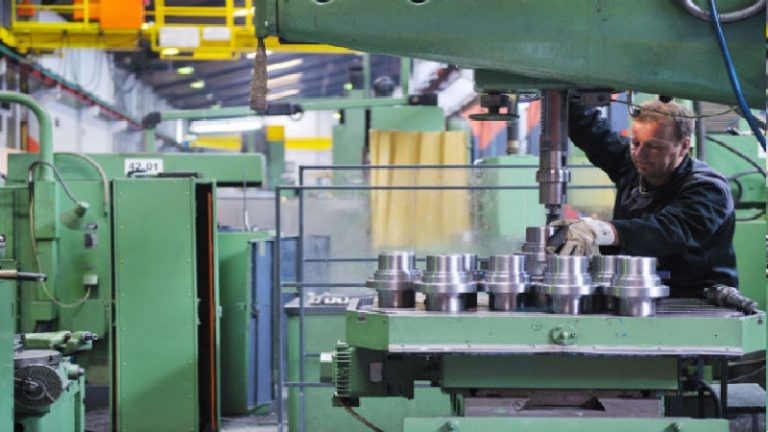In general, a quality tension transducer from a reputable manufacturer will work without a problem for years. This is particularly true when the operation of the web film machine and other systems are well maintained, so there is not a typical use of the equipment and potential overloading of the load cell.
However, just like any other type of component, wear and tear can exist on a load cell, leading to possible warning signs that the tension transducer should be repaired or replaced. In many cases, a repair is the best option, but with very old components that may be close to the end of their life cycle, a replacement may be the most cost effective option over the long term.
Signs to look for in problems with a load cell will vary based on the specific application. Some issues are similar across various models, with a quick check in-house by maintenance possibly offering a solution to the problem.
Film Problems
Often when there are wrinkles or other issues with film or paper, the issue is not as much with the load cell but with the settings. Manufacturers and industry data provide specific tensions for different types of film as well as for paper and paper products.
There can be changes in tension that occur that can impact the system. This includes the use of an unwind or a brake as well as the use of drying tunnels that heat up and stretch the film as well as specific coating processes.
Other issues such as incomplete movement in rollers can also cause a problem. This is often a result of bearings that have seized and prevent the correct movement of the rollers, which can be mistaken for an issue with the tension transducer.
The need for regular or frequent calibration or consistent adjustments of the system are also signs of problems with the load cell. Using manual controls instead of the closed loop system can help to determine if it is the load cell or other equipment that is causing the problem.

